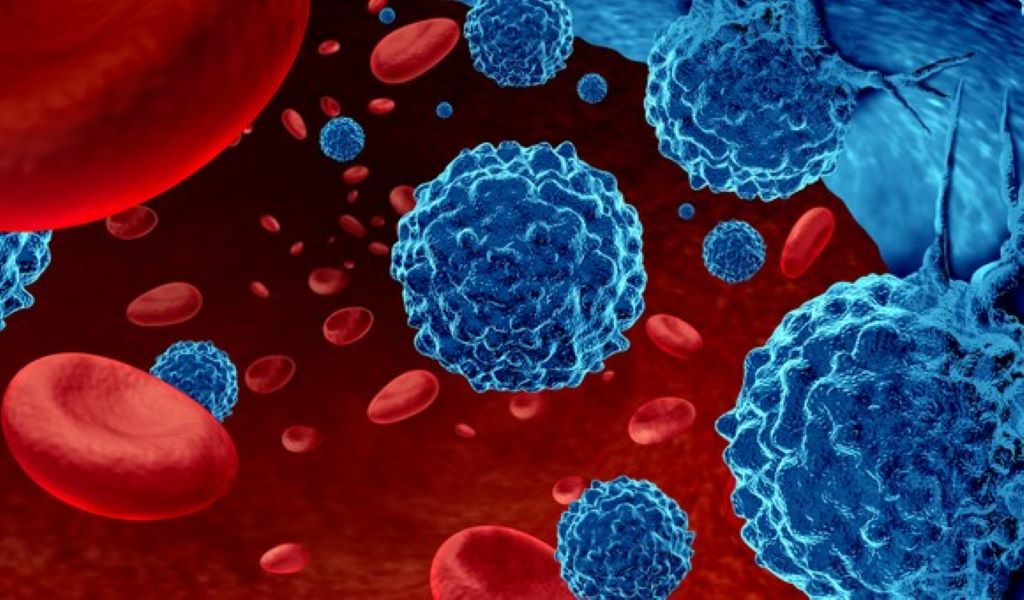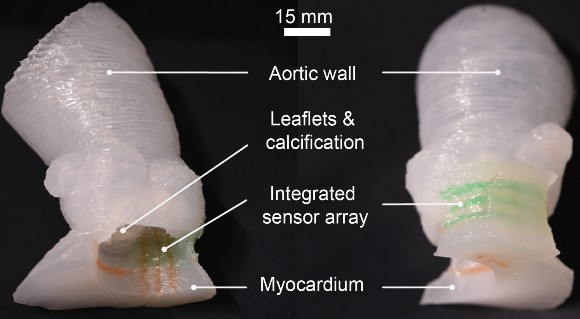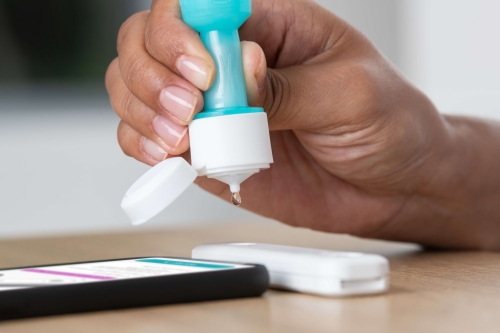Brain cancers and other cancers of the central nervous system (CNS) are the leading cause of death from childhood cancer in the United States. This type of cancer is the second most common type of childhood cancer after leukemia.
Doctors who treat CNS tumors with surgery, chemotherapy, radiation, or a combination of these therapies have relied on a series of magnetic resonance imaging (MRI) scans to monitor whether the treatment is working or not. But MRIs cannot detect microscopic diseases that could indicate whether cancer cells remain or have returned.
To fill this gap, researchers have been searching for reliable, tumor-specific methods. biomarkers. they know about previous studies in adults that primary tumors eliminate circulating tumor cells (CTCs) in a patient’s bloodstream and that CTCs could be reliable biomarkers for CNS tumors.
Pediatric researchers at the University of Texas MD Anderson Cancer Center wanted to know if a liquid biopsy tool that relies on the detection of vimentin, a structural protein on the surface of many cancer cells, would work to capture and isolate CTCs in blood samples taken from children with CNS tumors.
The researchers who published their study in Cancers He also wanted to know if automating the CTC capture method would improve his previously validated manual method.
How they captured and identified tumor cells
The researchers’ liquid biopsy approach captures cells with cell surface vimentin (CSV) to isolate CTCs from patients’ blood, which can provide information about their cancer and monitor their ongoing treatment.
The study authors had previously found that the manual liquid biopsy method detected CTCs in adults with different types of cancer. In the current study, the researchers wanted to automate their method to increase its sensitivity and capture CTCs from CNS tumors.
The researchers enrolled 62 participants in their study: 58 children (mean age 13 years) who were diagnosed with CNS tumors and four healthy adolescents (mean age 16 years) who formed the comparison group. Forty-five of the participants with cancer had malignant tumors, including seven whose cancer had metastasized.
The researchers took blood samples from all participants to isolate and capture tumor cells. After removing denser cells that were unlikely to contain CTCs, the researchers loaded the samples into a machine equipped with a microchip. This microchip is coated with an antibody that recognizes CSV, causing CTCs to adhere to it but allowing other types of cells to flow through. The cells on the chip were then stained so they could be counted and identified.
Did this automated tool work?
The automated method successfully captured CTCs in 50 of the 58 pediatric patients (86%). There were no significant differences in CTC detection based on patient characteristics such as sex, age, disease status, or type of cancer therapy.
Overall, the automated CSV-CTC capture tool was very accurate in identifying patients with and without CNS tumor cells (meaning the test was both sensitive and specific). The tool was also very accurate in predicting the presence of CNS tumor cells, but only predicted their absence about a third of the time.
“This is the first study to demonstrate CTC detection using CSV as a biomarker in pediatric CNS tumors, including those that are malignant and have metastasized,” said Shulin Li, Ph.D., principal investigator of this study and professor of pediatrics at UT Anderson Cancer Center.
Additionally, compared to the researchers’ previous manual CTC identification and capture process, the automated CTC isolation process increased the sensitivity of CTC detection rates by approximately 10% and decreased sample processing times.
“This study also showed the value of automating the CSV-CTC capture process with a microchip. This tool could make it easier to track patients’ response to treatment and identify cancer relapse sooner,” said Shawn Mulvaney, Ph.D., health sciences administrator in NIBIB’s Division of Applied Science and Technology (Biomedical Imaging).
The research team also wanted to show that they could identify a specific mutation that has been associated with a worse prognosis among patients with midline gliomas. When they analyzed the CTCs captured from patients with this type of tumors, they managed to detect this mutation in 75% of the samples.
Next steps
The main limitations of the study were the small sample size and the fact that the microchip technology required additional steps to confirm the identification of CTCs. While larger studies are needed to validate the findings of this study, detection of CTCs in patients with CNS tumors can potentially be used to confirm the diagnosis of inoperable and difficult-to-biopsy tumors, such as brainstem gliomas and optic pathway gliomas.
“Our tool also has the potential to help doctors know early on which patients will respond to treatment. When they know that a tumor is not responding, they could enroll the patient in a clinical trial with an innovative therapy,” said Dr. Wafik Zaky, senior author and associate professor of neuro-oncology at the University of Texas MD Anderson Cancer Center.
This study was funded by NIBIB (R01EB026291).
Study reference: Wafik Zaky et al. Automated capture and analysis of circulating tumor cells in pediatric, adolescent, and young adult patients with central nervous system tumors. Cancers (2023). DOI: 10.3390/cancers15153853



